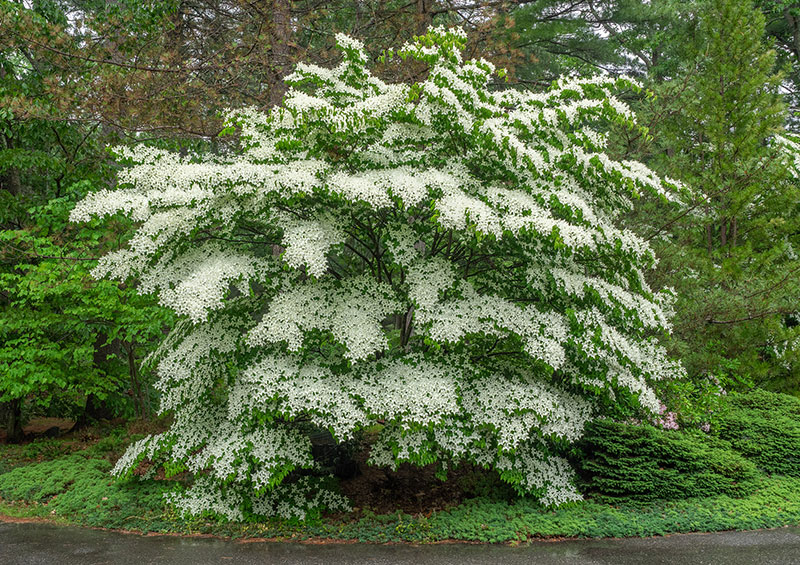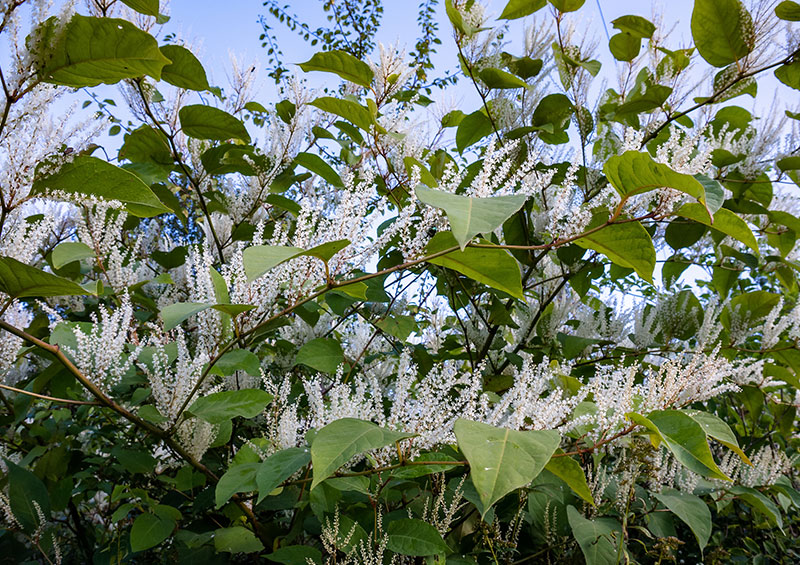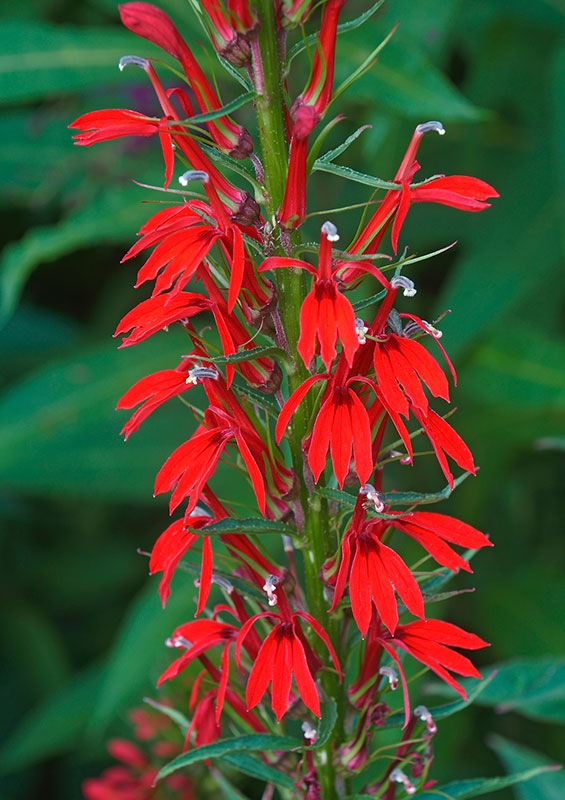Creating a Luxurious Outdoor Garden with Plants Native to Virginia
Creating a luxurious outdoor garden is a dream for many homeowners, and achieving this while being environmentally conscious is a rewarding challenge. By incorporating plants native to Virginia, you can create a stunning, low-maintenance garden that supports local wildlife and thrives in the regional climate. Native plants are adapted to the local soil and weather conditions, making them an ideal choice for creating a sustainable and beautiful garden. This blog will guide you through the process of designing and planting a luxurious outdoor garden with Virginia’s native plants.
Why Choose Native Plants?
Native plants offer several advantages for creating a luxurious garden:
- Adaptability. Native plants are well-suited to the local climate, soil, and moisture conditions, reducing the need for extensive care and resources.
- Low Maintenance. Once established, native plants generally require less water, fertilizer, and pesticides than non-native species.
- Support for Wildlife. Native plants provide essential habitat and food sources for local wildlife, including birds, butterflies, and pollinators.
- Environmental Benefits. Using native plants helps preserve the local ecosystem, prevents the spread of invasive species, and promotes biodiversity.
Key Elements of a Luxurious Native Garden
To create a luxurious garden using Virginia’s native plants, consider incorporating the following elements:
- Diverse Plantings. A variety of plant species will add visual interest and ensure year-round beauty. Include a mix of trees, shrubs, perennials, and groundcovers to create layers of texture and color.
- Seasonal Interest. Choose plants that offer beauty in different seasons. Look for species with striking flowers, foliage, berries, and bark to ensure your garden is attractive year-round.
- Garden Structures. Incorporate structures such as arbors, trellises, pergolas, and seating areas to add architectural interest and provide functional spaces for relaxation and entertainment.
- Water Features. A water feature, such as a pond, stream, or fountain, can add tranquility and attract wildlife to your garden.
- Pathways and Hardscaping. Use natural materials like stone, gravel, or wood for pathways, patios, and retaining walls to enhance the garden’s aesthetic and provide practical walkways.
- Lighting. Install outdoor lighting to highlight key features, create ambiance, and extend the enjoyment of your garden into the evening hours.
Selecting Native Plants for Your Garden
Virginia’s diverse climate supports a wide range of native plants. Here are some excellent choices to consider for your luxurious garden:

Figure 1: Flowering Dogwood
Trees
- Eastern Redbud (Cercis canadensis)
- Description: A small, ornamental tree with heart-shaped leaves and stunning pink flowers in early spring.
- Benefits: Attracts pollinators and provides early-season color.
- Flowering Dogwood (Cornus florida)
- Description: Virginia’s state tree, known for its beautiful white or pink spring flowers and red fall foliage.
- Benefits: Supports local wildlife and adds year-round interest.
- American Holly (Ilex opaca)
- Description: An evergreen tree with glossy leaves and bright red berries.
- Benefits: Provides winter interest and shelter for birds.

Figure 2: Virginia Sweetspire
Shrubs
- Virginia Sweetspire (Itea virginica)
- Description: A deciduous shrub with fragrant white flowers in late spring and vibrant red fall foliage.
- Benefits: Attracts pollinators and offers multi-season appeal.
- Spicebush (Lindera benzoin)
- Description: A shrub with yellow spring flowers, aromatic leaves, and red berries.
- Benefits: Host plant for spicebush swallowtail butterflies and provides food for birds.
- American Beautyberry (Callicarpa americana)
- Description: Known for its striking clusters of purple berries in fall.
- Benefits: Attracts birds and adds vibrant color to the autumn garden.
Perennials
- Black-Eyed Susan (Rudbeckia hirta)
- Description: Bright yellow flowers with dark centers, blooming from summer to fall.
- Benefits: Attracts butterflies and bees, and provides long-lasting color.
- Eastern Bluestar (Amsonia tabernaemontana)
- Description: Blue star-shaped flowers in spring and golden-yellow foliage in fall.
- Benefits: Adds seasonal interest and is deer-resistant.
- Cardinal Flower (Lobelia cardinalis)
- Description: Vibrant red flowers that bloom in late summer.
- Benefits: Attracts hummingbirds and adds dramatic color to the garden.

Figure 3: Cardinal Flower
Groundcovers
- Wild Ginger (Asarum canadense)
- Description: Heart-shaped leaves and small, hidden flowers in spring.
- Benefits: Excellent groundcover for shady areas and supports soil health.
- Green and Gold (Chrysogonum virginianum)
- Description: Low-growing plant with yellow, daisy-like flowers.
- Benefits: Provides ground cover and brightens up shady spots.
- Woodland Phlox (Phlox divaricata)
- Description: Fragrant blue or lavender flowers in spring.
- Benefits: Attracts pollinators and spreads to form a beautiful carpet of color.
Designing Your Native Garden
Creating a cohesive and luxurious garden design involves thoughtful planning and consideration of several factors:
- Site Assessment. Evaluate your garden’s conditions. Is the area exposed to a uniform amount of sunlight during the day, or does the sunlight vary from one part to another? Are the soil type and moisture levels consistent or variable? Performing a thorough assessment will enable you to better select plants that will thrive in different areas of the garden.
- Garden Layout. Plan the layout of your garden by dividing it into functional zones, such as seating areas, pathways, and planting beds. Use a mix of plant heights and textures to create visual interest and depth.
- Plant Groupings. It’s better to place plants with similar water and sunlight needs in close proximity. This will make maintenance easier and ensure that each plant thrives in its designated spot.
- Color Scheme. Choose a color scheme that complements your home and personal taste. Consider the colors of flowers, foliage, and berries throughout the seasons to create a harmonious look.
- Layering and Structure. Create layers in your garden by placing taller plants towards the back and shorter plants in the front. Incorporate structures like trellises, arbors, and sculptures to add vertical interest.
- Wildlife Considerations. While it may not be your top priority, you should at least consider including plants that provide food, shelter and nesting places for birds, butterflies, and beneficial insects. Designing your garden in such a way that it supports wildlife is one of the simplest ways to support biodiversity.
Maintenance Tips for a Thriving Garden
While native plants are generally low-maintenance, some care is required to keep your garden looking its best:
- Watering. Any new planting requires regular watering until it is well established in the soil. However, once established, many native plants are drought-tolerant and require less frequent attention.
- Mulching. Mulch helps maintain soil moisture, which in turn reduces the need for frequent watering. It also helps prevent weeds, and as the mulch decays it improves the soil. So spread a generous layer of mulch consisting of shredded bark around the garden each spring.
- Pruning. Prune shrubs and trees as needed to maintain their shape and remove any dead or damaged branches. Pruning also encourages healthy growth and flowering.
- Weeding. Keep your garden weed-free by regularly removing invasive plants. This will prevent competition for resources and keep your garden looking tidy.
- Fertilizing. Native plants generally require minimal fertilization. Use organic compost or a balanced, slow-release fertilizer if necessary to boost plant health.
Inspirational Garden Ideas
Here are some inspirational ideas to help you visualize and create your luxurious native garden:
- Butterfly Garden. Design a butterfly garden with a variety of nectar-rich flowers and host plants for caterpillars. Include plants like butterfly weed, milkweed, and Joe-Pye weed to attract a diverse range of butterflies.
- Woodland Garden. Create a serene woodland garden with shade-loving native plants like ferns, wild ginger, and woodland phlox. Add a winding path and a seating area for a peaceful retreat.
- Pollinator Garden. Plant a pollinator garden with a mix of flowers that bloom from spring to fall, providing continuous food sources for bees, hummingbirds, and other pollinators. Include plants like purple coneflower, bee balm, and cardinal flower.
- Rain Garden. Design a rain garden in a low-lying area of your yard to manage stormwater runoff. Use moisture-loving plants like blue flag iris, cardinal flower, and Joe-Pye weed to create a functional and beautiful landscape feature.
- Bird-Friendly Garden. You can attract birds to your garden with native plants that provide food, shelter, and nesting sites. Include berry-producing shrubs like American holly, spicebush, and serviceberry, along with a birdbath or water feature.
By incorporating a range of trees, shrubs, perennials, and groundcovers, you can design a stunning garden that offers beauty and support for local wildlife throughout the seasons. Thoughtful planning and design will ensure your garden is both functional and aesthetically pleasing, providing a serene retreat where you can connect with nature and enjoy the outdoors.







